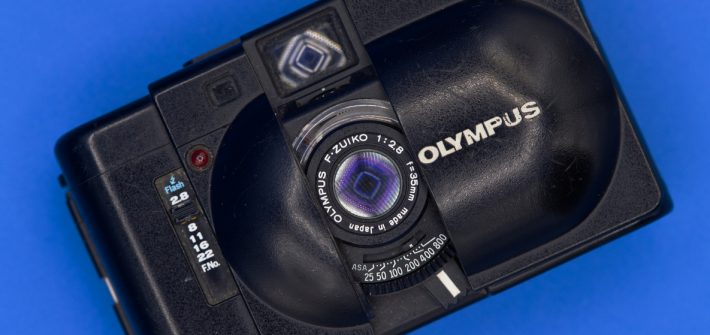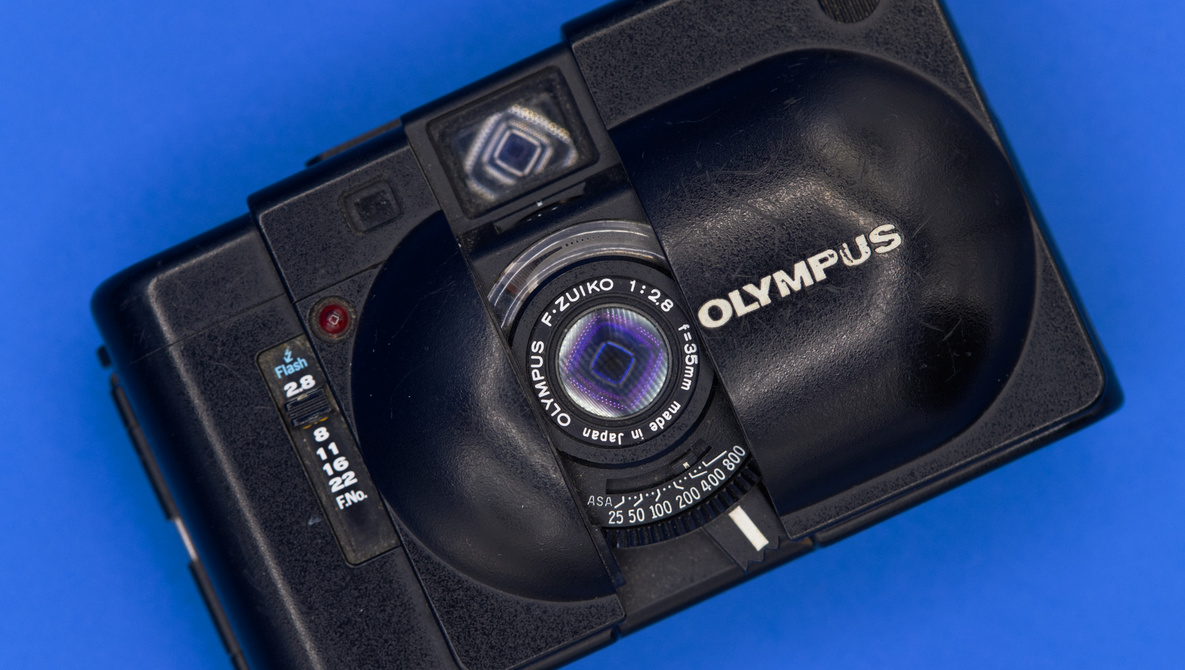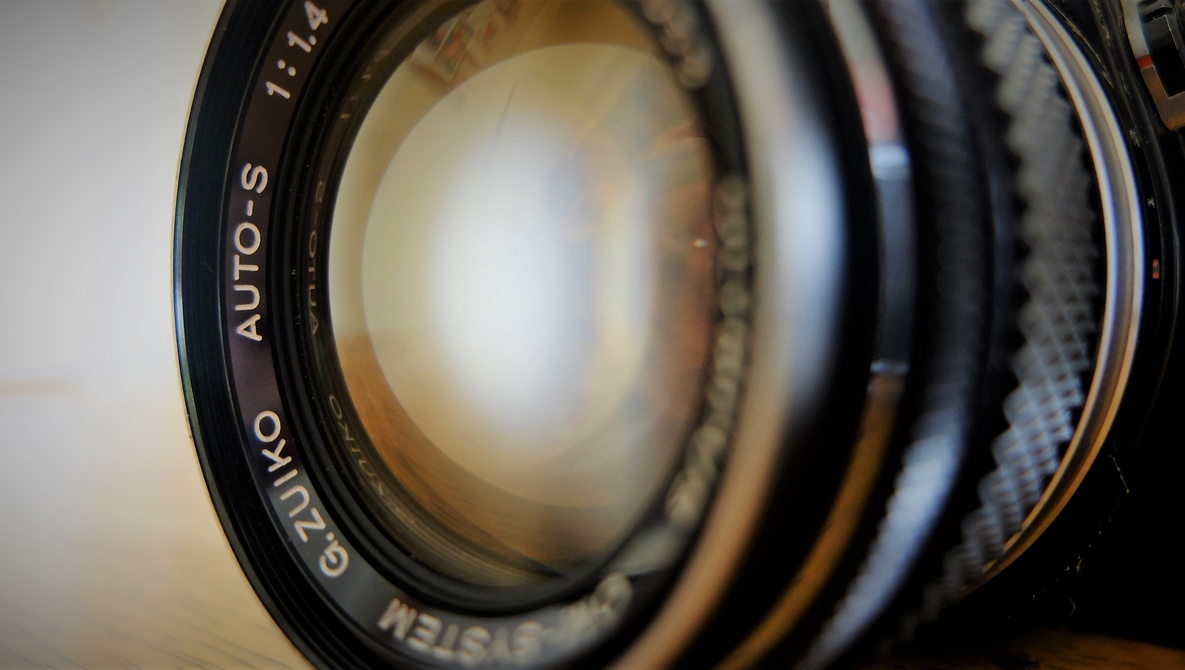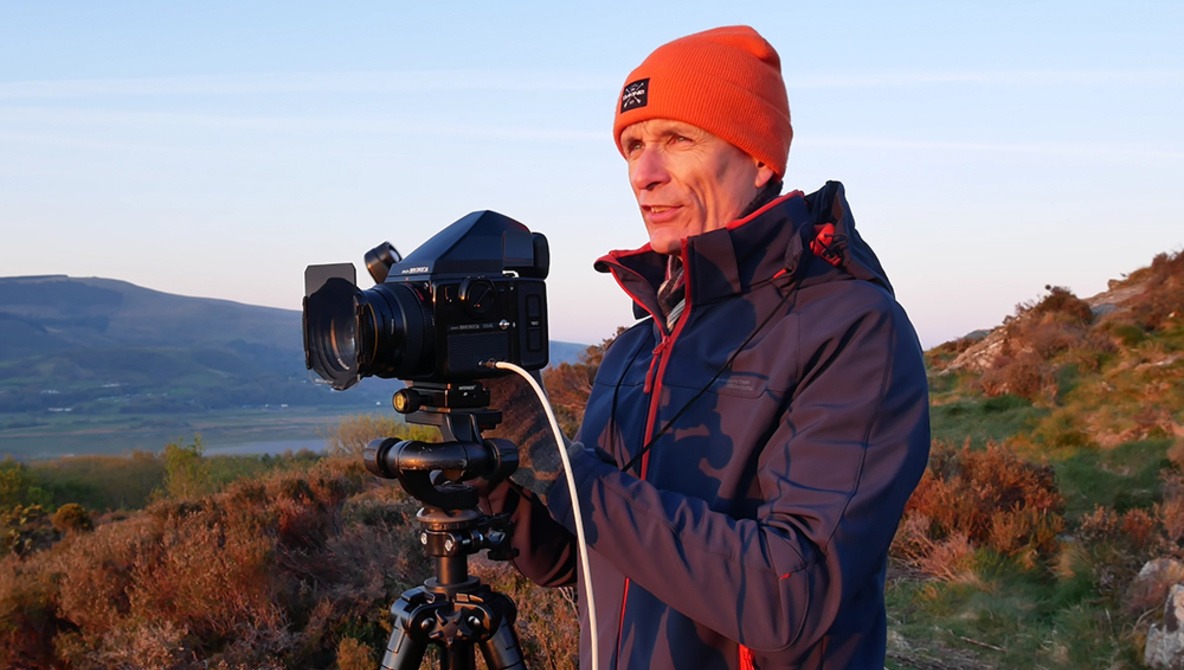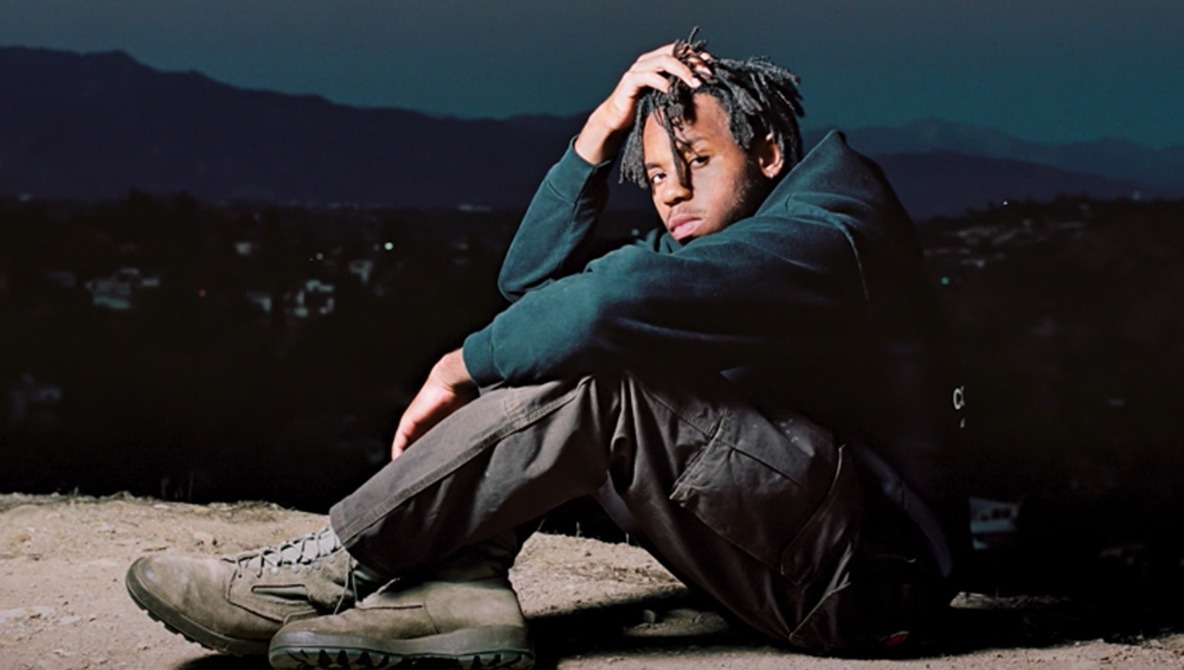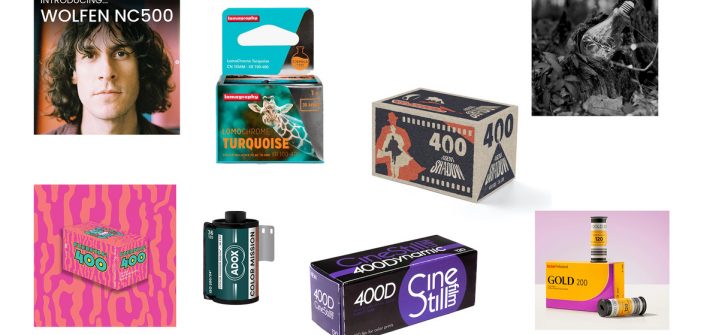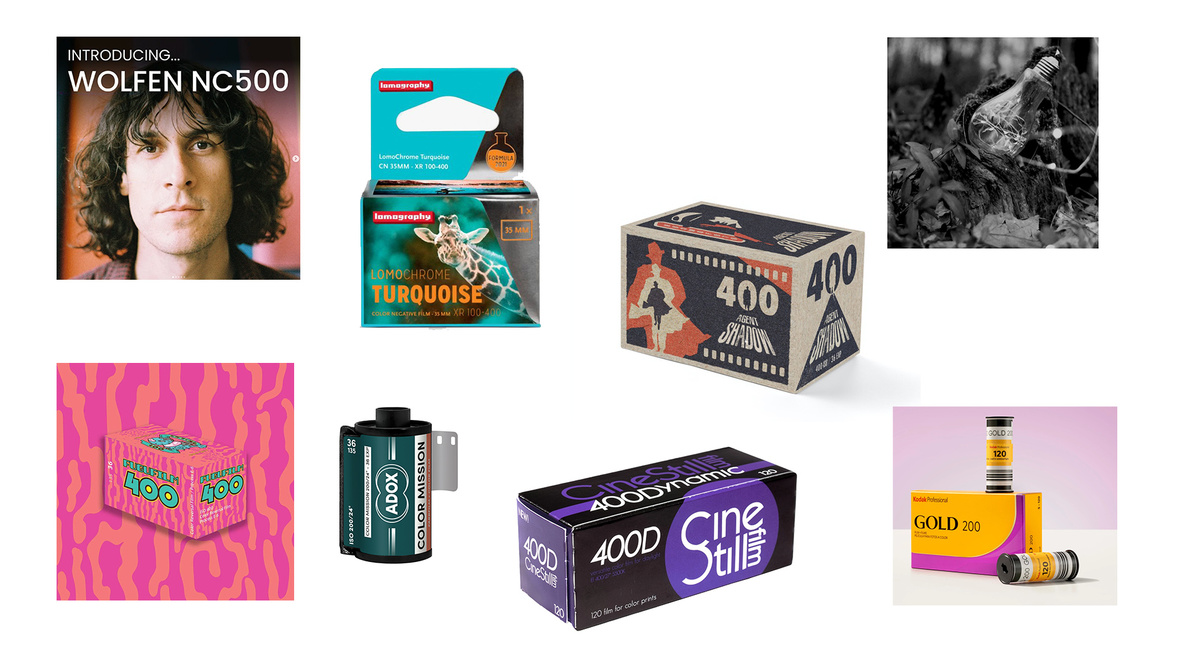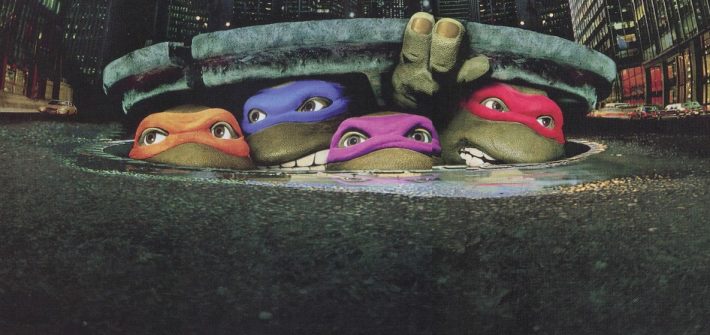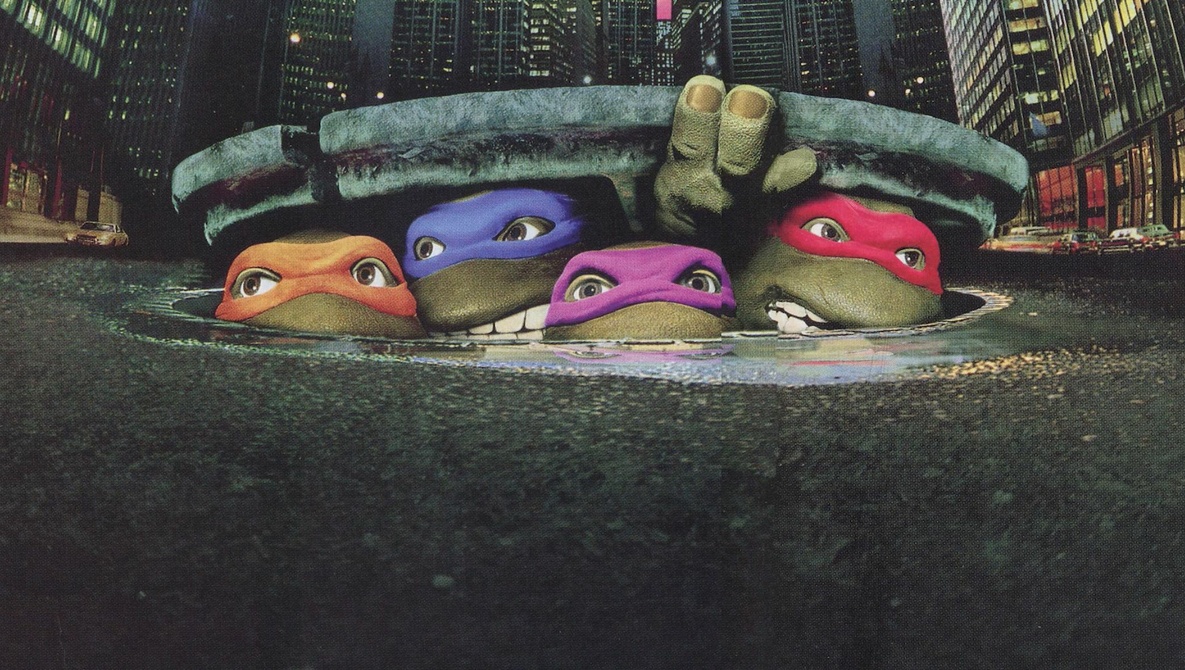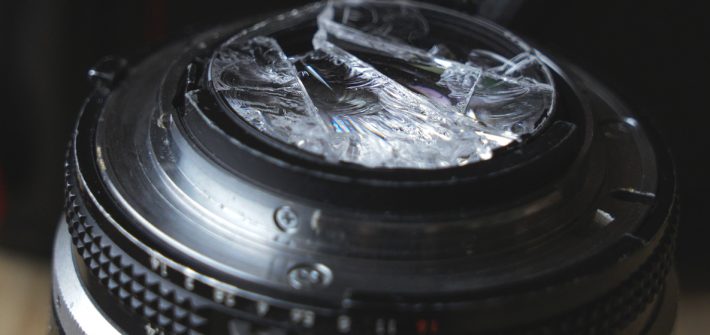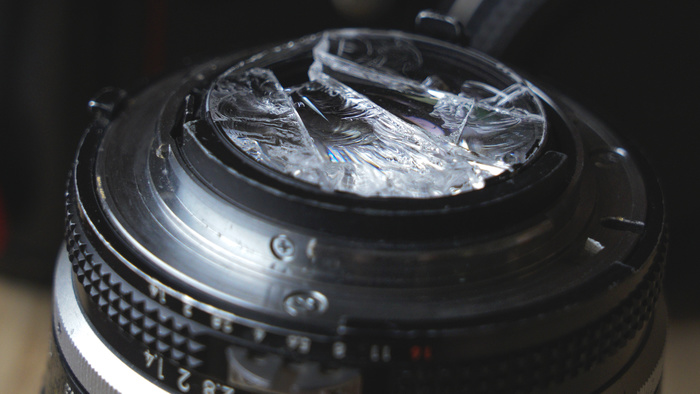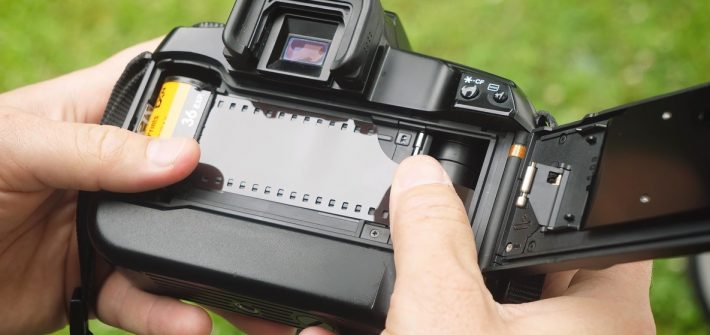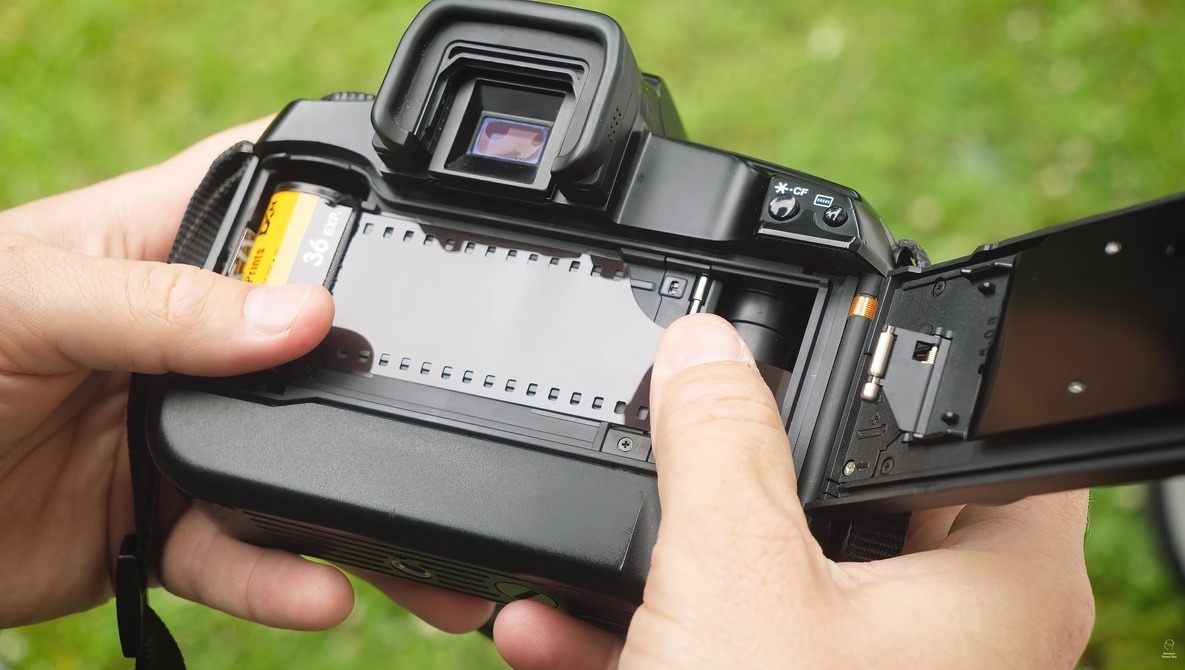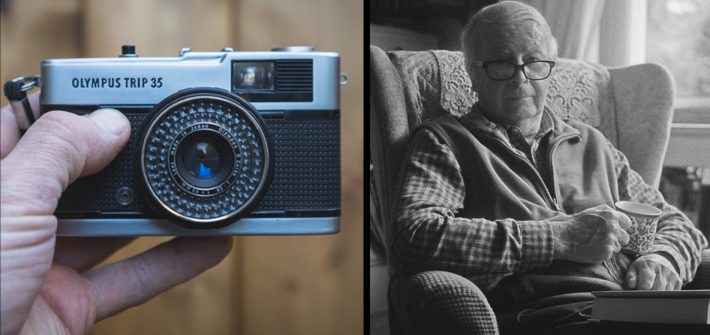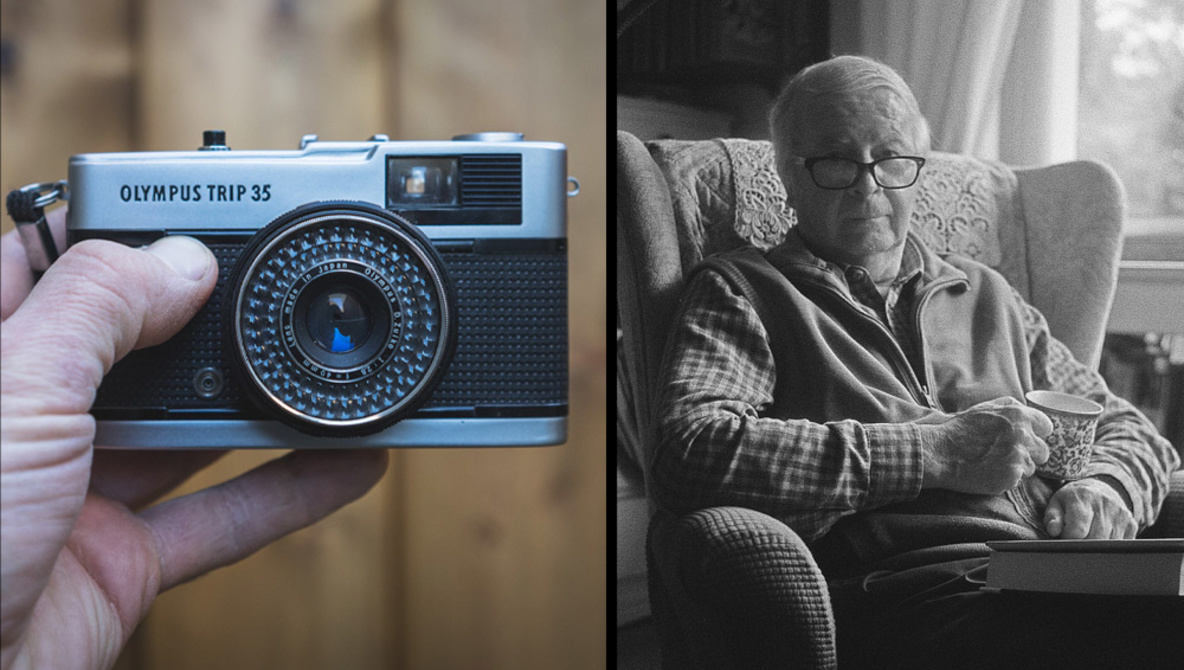The perfect camera probably doesn’t exist, but there are certainly some that come close. In this retrospective look at the classic Olympus XA, find out why I’ve come to love this tiny powerhouse from the past.
Film Photography
Are Olympus Zuiko the GOAT Vintage Lenses?

Olympus has been assigning the Zuiko name to its range of high-quality lenses since 1936. Zuiko-branded lenses were made for SLR, rangefinder, and automatic point-and-shoot cameras in medium format, 35mm, and even half-frame formats. Assessing the best of anything in photography leads to vivid debate and lots of room for subjectivity. Here are my 5 reasons why I believe Olympus knocked it out of the park with their Zuiko range, and when you look at all factors are the best film lenses ever made. Be sure to leave a comment to let me know your thoughts.
Choosing the Right Film Based on Conditions
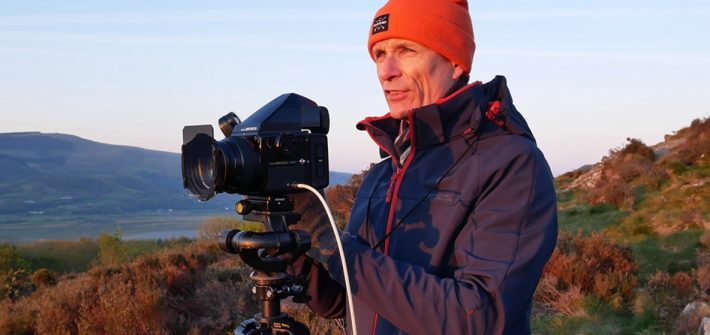
Unlike digital photography, where pretty much all the style is added in the editing process, in film photography, you are making a significant creative decision the moment you choose which film to put in your camera. So, how do you know which to choose? This interesting video follows a photographer as he discusses shooting the same area with several different films and some of the decisions that go into each shot.
![]()
A Modern Approach to Film Photography With Flash
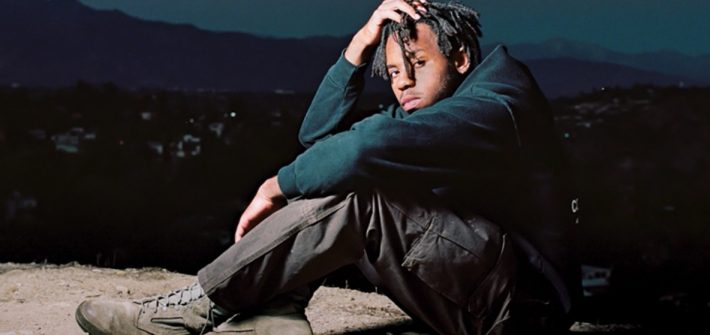
Of course, flash photography existed long before the transition to digital. However, most modern film photography is shot in natural light, whether out of an aesthetic desire or because working with flash and film is a bit of a lost art. Nonetheless, just like digital, flash can open up a lot of creative possibilities, and this excellent video tutorial will show you a modern approach to doing so.
